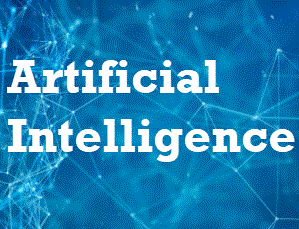26. What is FOPL stands for and explain its role in Artificial Intelligence?
The abbreviation stands for “First Order Predicate Logic,” which will require some explanation before we get to its value in AI research. The “First Order” bit deals with simple logical expressions (most often used to describe language components) for which facts are principally relationships about objects.
27. Is KNN different from K-means Clustering?
The ‘K’ in K-Means Clustering has nothing to do with the ‘K’ in KNN algorithm. k-Means Clustering is an unsupervised learning algorithm that is used for clustering whereas KNN is a supervised learning algorithm used for classification.
28. In ‘Artificial Intelligence’ where you can use the Bayes rule?
Bayes Rule is a prominent principle used in artificial intelligence to calculate the probability of a robot’s next steps given the steps the robot has already executed. … Consequently, the robot can apply the mechanism for operating a toilet or a lever into operating the hot water nozzle on an espresso machine.
What are the typical characteristics of elements in a list and a dictionary?
29. What’s the difference between inductive, deductive, and abductive learning?
Deductive reasoning, or deduction, is making an inference based on widely accepted facts or premises. If a beverage is defined as “drinkable through a straw,” one could use deduction to determine soup to be a beverage. Inductive reasoning, or induction, is making an inference based on an observation, often of a sample. You can induce that the soup is tasty if you observe all of your friends consuming it. Abductive reasoning, or abduction, is making a probable conclusion from what you know. If you see an abandoned bowl of hot soup on the table, you can use abduction to conclude the owner of the soup is likely returning soon.
30. What’s a Turing test?
The Turing test, originally called the imitation game by Alan Turing in 1950, is a test of a machine’s ability to exhibit intelligent behaviour equivalent to, or indistinguishable from, that of a human. Turing proposed that a human evaluator would judge natural language conversations between a human and a machine designed to generate human-like responses. The evaluator would be aware that one of the two partners in conversation is a machine, and all participants would be separated from one another.










